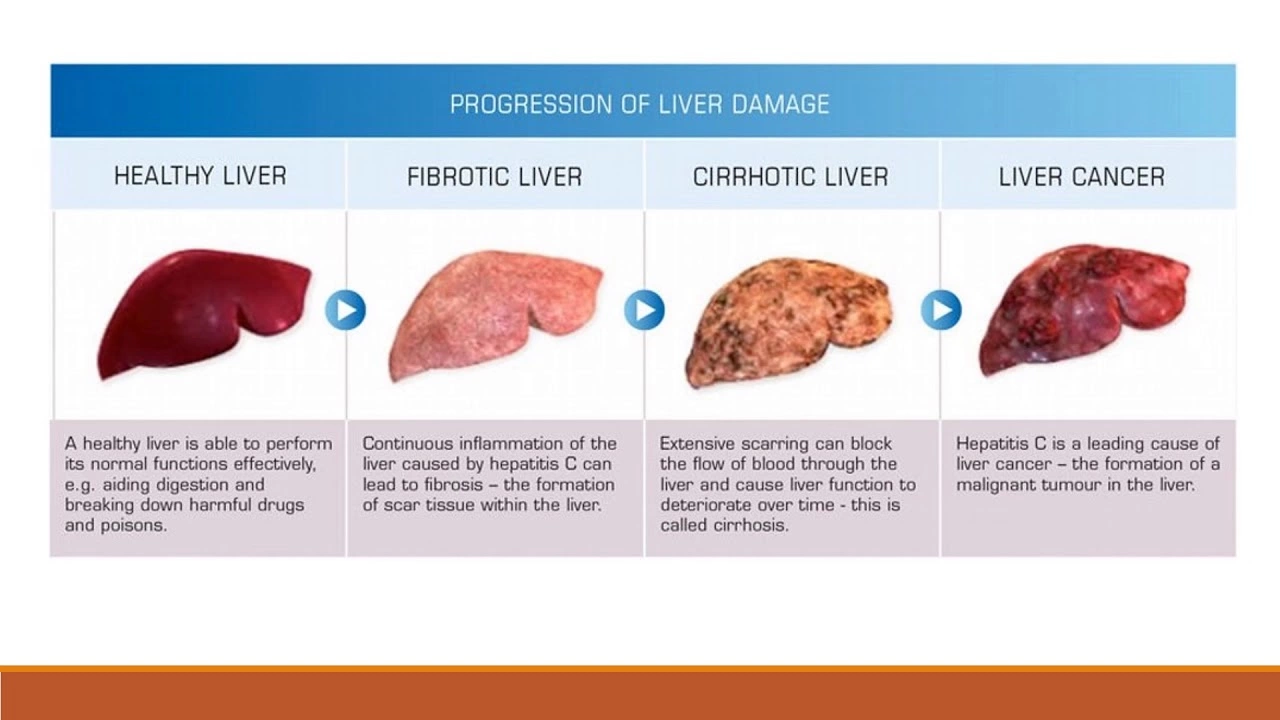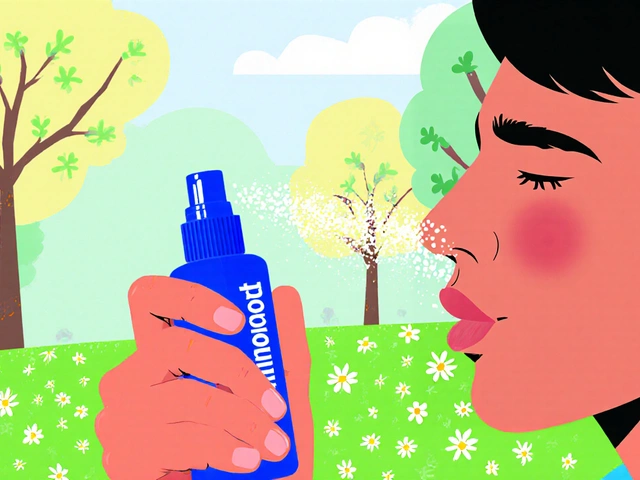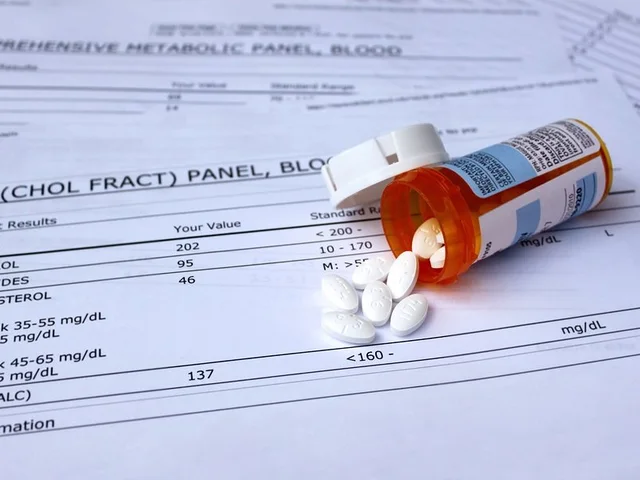Ofloxacin: what it is and when it helps
Ofloxacin is an antibiotic from the fluoroquinolone family. Doctors prescribe it for several types of infections — commonly urinary tract infections, some respiratory infections, skin infections, and certain eye or ear infections when given as drops. It kills bacteria by stopping them from reproducing, so it works well when the bug is susceptible.
Before taking ofloxacin, know that it’s not for every infection. Viruses (like colds or flu) don’t respond to it. Your doctor will decide if ofloxacin fits based on the infection type, lab tests, and your medical history.
How to take ofloxacin and common dosing tips
Follow the prescription exactly. Typical oral doses for adults are 200–400 mg once or twice daily depending on the infection and severity. Finish the full course even if you feel better — stopping early can let bacteria survive and come back stronger.
Take doses with water. Avoid taking ofloxacin with dairy products or calcium-rich drinks at the same time — these can cut how much drug your body absorbs. If you need antacids, iron, or sucralfate, separate them by at least two hours.
Side effects, warnings, and what to watch for
Most people have mild side effects like nausea, headache, or dizziness. A few side effects need urgent attention: sharp tendon pain or swelling (tendonitis or tendon rupture), new numbness or tingling (peripheral neuropathy), severe mood changes, or signs of an allergic reaction (hives, breathing trouble). If any of those happen, stop the drug and contact a clinician right away.
Ofloxacin can affect the heart rhythm in some people (QT prolongation). If you take heart medicines, have low potassium, or a family history of sudden heart problems, tell your provider. Also mention if you have myasthenia gravis, because fluoroquinolones can worsen muscle weakness.
Pregnant people and children are usually advised to avoid ofloxacin because of bone and joint concerns in young patients. Older adults may be more prone to tendon problems and dizziness — they should be monitored closely.
Drug interactions matter. Ofloxacin can interact with blood thinners like warfarin, certain antiarrhythmics, and some diabetes drugs. Always give your clinician a full list of medicines, vitamins, and supplements you use.
Practical safety tips: take the full course, avoid heavy sun exposure while on the drug (it can raise sun sensitivity), don’t drive if you feel dizzy, and report any sudden joint pain or strange sensations in hands or feet.
Buying and prescriptions: ofloxacin is a prescription medicine in most countries. If you buy online, choose a licensed pharmacy, check for a real prescription requirement, and read reviews. Avoid sketchy sites that sell antibiotics without prescriptions — quality and safety matter.
Want more? Read reliable patient leaflets, ask your pharmacist about side effects, and keep a list of symptoms to share at follow-up. Small actions — like finishing the course and spacing antacids — make a big difference.

As a blogger, I've recently delved into the topic of Ofloxacin and its impact on liver function. Through my research, I've found that Ofloxacin, a commonly prescribed antibiotic, can sometimes cause liver damage, especially in patients with pre-existing liver conditions. It's essential for individuals to consult their healthcare providers before taking this medication to ensure their safety. Regular monitoring of liver function tests is also crucial to detect any potential issues early on. Overall, it's vital for everyone to be aware of this potential side effect and take necessary precautions when using Ofloxacin.
Continue Reading





